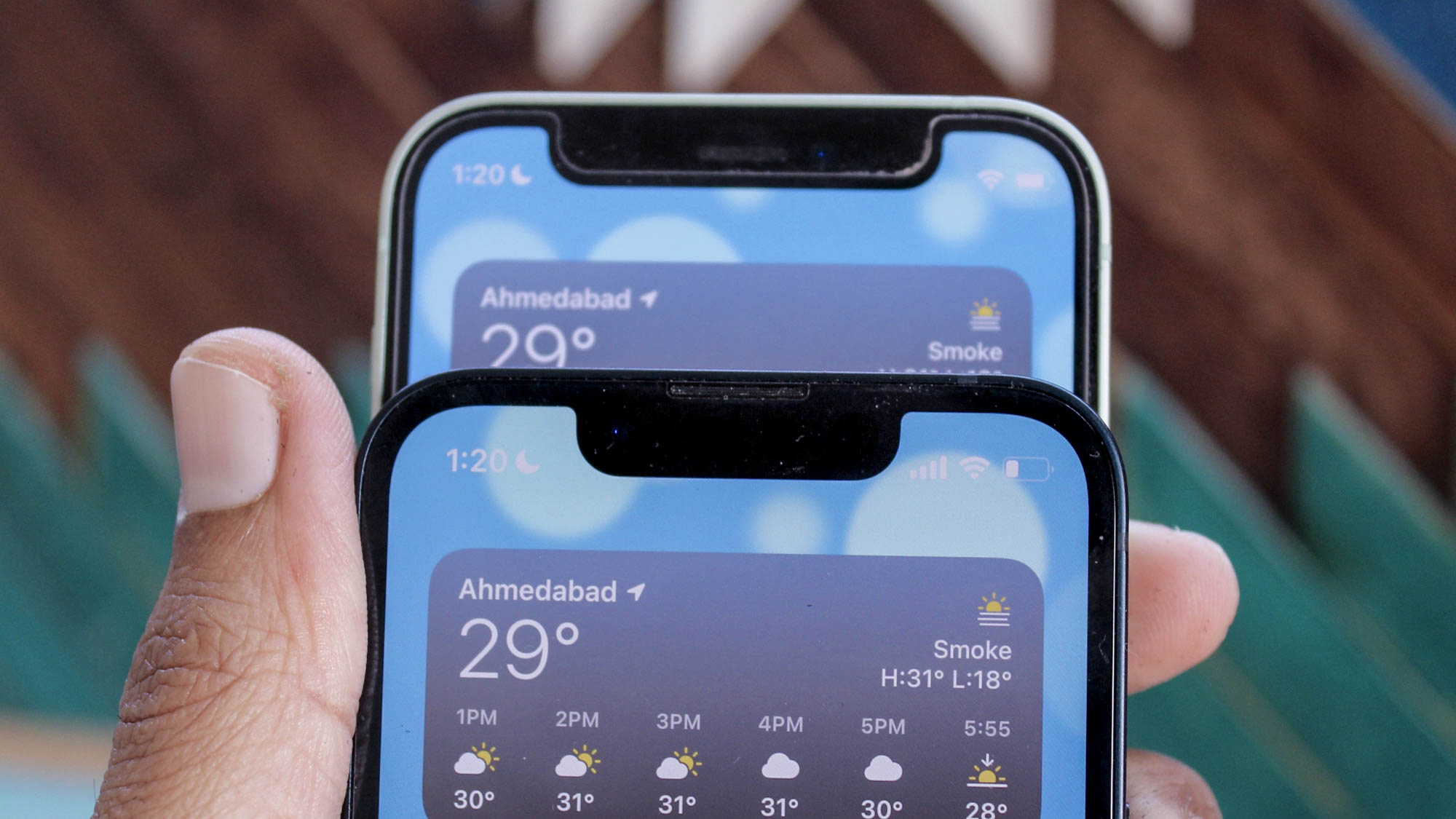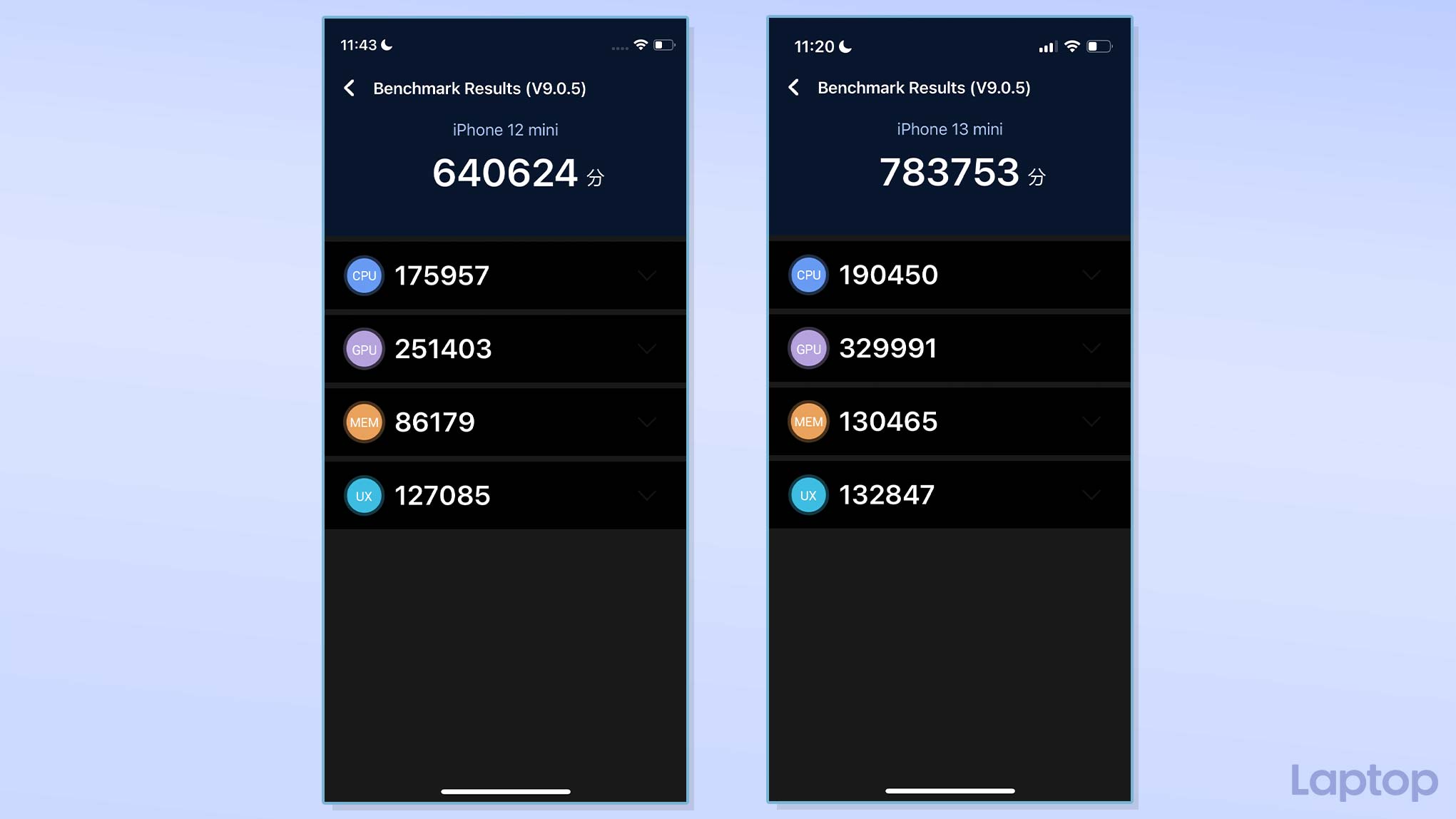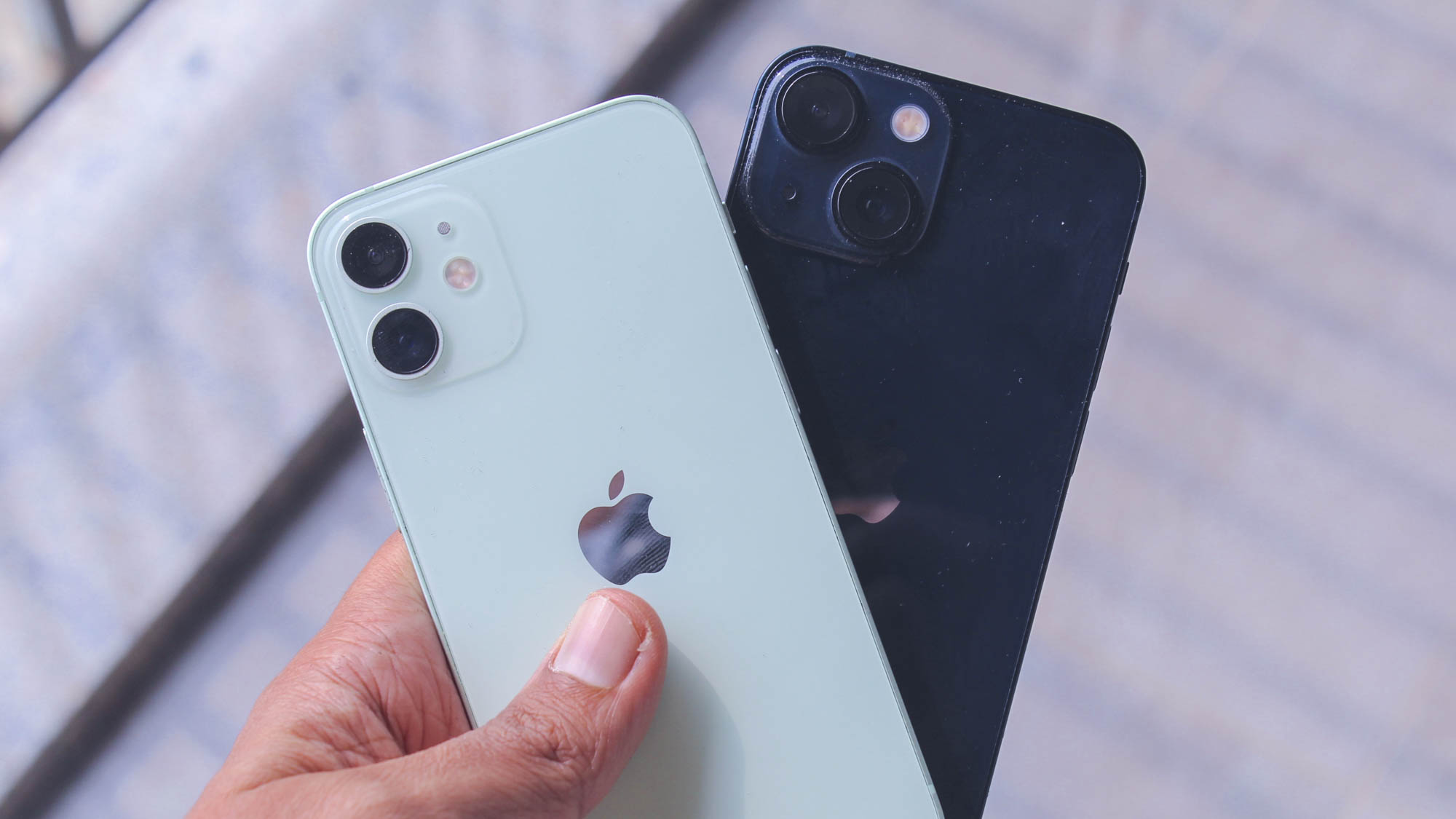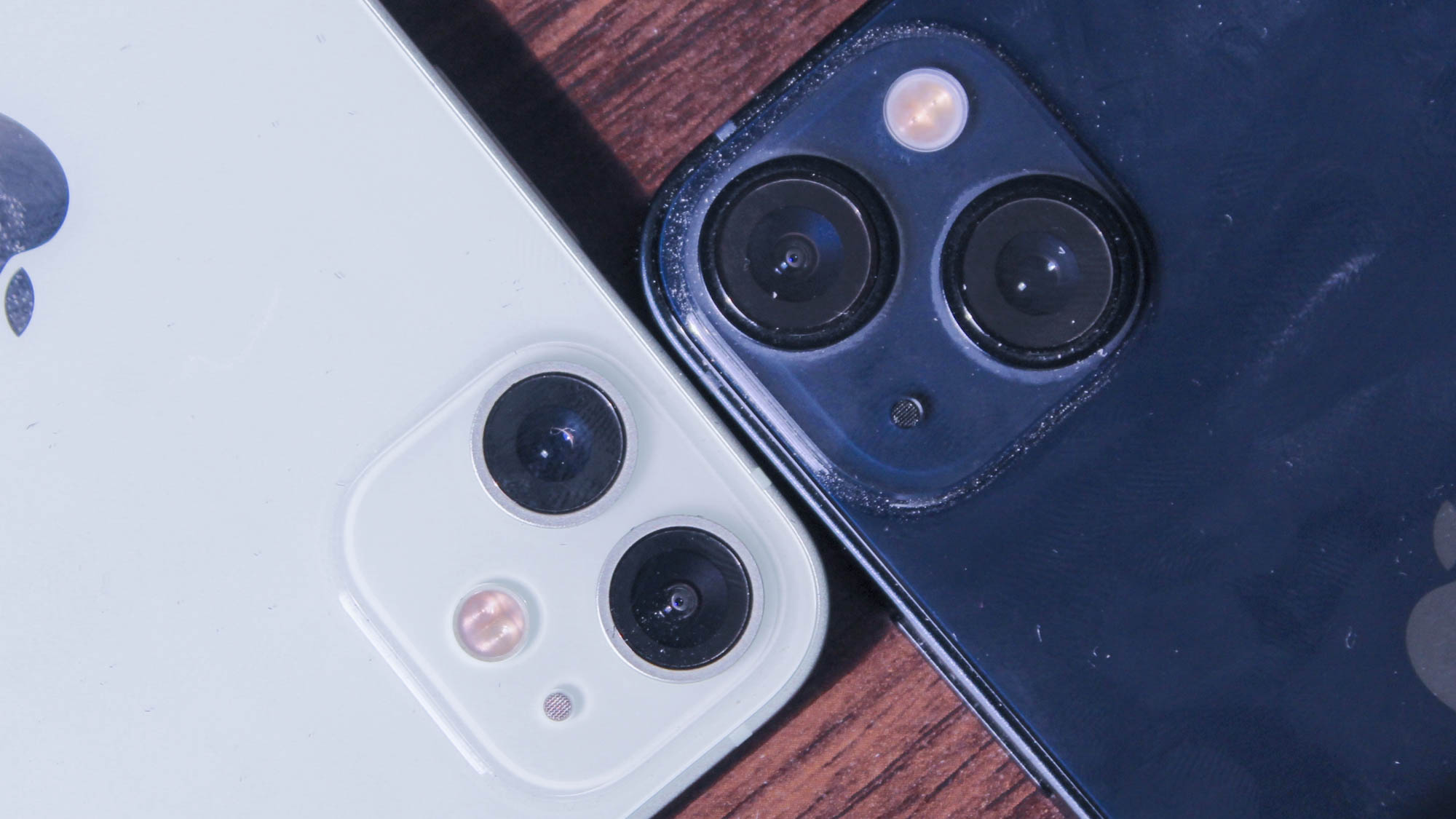iPhone 13 mini vs iPhone 12 mini: which small iPhone should you buy?
The iPhone 13 mini improves on the iPhone 12 mini, but how big of a difference is there?

Apple hit a home run last year with the iPhone 12 mini. It managed to squeeze the same high-end hardware of the iPhone 12 into a body that fits in the palm of a hand — minus most of the usual small phone compromises. In our review, we found it close to impossible to fault it. Yet, a year later, Apple has somehow crammed in a range of improvements in that same body for its successor: the iPhone 13 mini.
The new iPhone 13 mini patches the few shortcomings that prevented the 12 mini from becoming a commercial success. Most notably, the battery is 10% larger and promises to last longer on a charge. The rest of the iPhone 13 mini’s package, though, is an incremental upgrade, and with the 12 mini available at its lowest price ever, the all-important question is whether the former’s minor improvements are enough to justify paying a higher price for it today?
After pitting the iPhone 13 mini against the iPhone 12 mini for weeks, I think I have the answer. So which small iPhone should you get?
iPhone 13 mini vs iPhone 12 mini: battery
Let’s address the elephant in the room first. How big of a difference does a 10% bump in battery size make in real-world use? Turns out, quite a lot.
The iPhone 13 mini has a 2,438mAh battery compared to the 12 mini’s 2,227mAh. In addition to that, the new A15 Bionic chip inside the 13 mini is more efficient at managing energy and optimizing how much power apps are allowed to consume. Apple claims these changes offer up to an hour and a half more runtime on a single charge during typical usage, or if you’re streaming videos, the 13 mini can last three hours longer.
In our testing, the iPhone 13 mini lived up to Apple’s promises. While my iPhone 12 mini’s battery icon regularly went red by the evening, the 13 mini ended the day with 20-30% still in the tank. The 13 mini also consistently crossed over four and a half hours of screen on time as opposed to the 12 mini, which struggles to clock even four. The difference may seem minimal on paper, but the endurance bump up is enough that I no longer had to always carry around a power bank for my mini iPhone.
Another leg-up the iPhone 13 mini has over its predecessor is that it supports the maximum 15-watt MagSafe wireless charging speed, whereas the 12 mini is limited to 12-watt power delivery. Wired charging hasn’t gotten any upgrades, and since the battery size itself hasn’t grown much, both the iPhone 13 mini and 12 mini take just about the same 90 minutes to charge completely with a 20-watt fast charger.
Sign up to receive The Snapshot, a free special dispatch from Laptop Mag, in your inbox.
iPhone 13 mini vs iPhone 12 mini: design and build
Thankfully, a larger battery doesn’t diminish the 13 mini’s handy qualities. Although it is seven grams (0.2 ounces) heavier (and 0.1 inches thicker), you can’t feel the added heft. Third-party teardowns suggest Apple has offset the extra weight by shrinking the vibration engine.
From the outside, you’d be hard-pressed to tell the iPhone 13 mini and iPhone 12 mini apart if it weren’t for the rearranged camera lenses and the 20% narrower notch. Except for the slight increase in screen real estate on the 13 mini, none of these alterations affect the design in any meaningful way, and both the phones pretty much look identical. They have the same boxy aluminum unibody that’s IP68 water-resistant and a 5.4-inch edge-to-edge screen featuring a protective shield of ceramic.
The only quick way to distinguish them is based on the colors. Instead of the iPhone 12 mini’s six variants, the 13 mini is available in five entirely new shades. Even the black and white colors have been tweaked to look more navy and off-white. What hasn’t changed is that the dark options still attract an awful lot of fingerprint smudges.
iPhone 13 mini vs iPhone 12 mini: display
The iPhone 13 mini inherits essentially the same 5.4-inch OLED display from the 12 mini with one significant difference: it’s 28% brighter. The 12 mini’s screen can produce a peak brightness of 625 nits, while the 13 mini’s can achieve 800 nits. In day-to-day use, you’ll hardly notice this, but it comes in handy under direct sun. At the beach, for instance, I could comfortably read the text on the 13 mini, while it was barely visible on the 12 mini.
The rest of the display’s specifications are identical. It’s 1080p, supports HDR, and Apple’s True Tone technology, which automatically tunes the screen’s color temperature depending on the ambient lighting.
iPhone 13 mini vs iPhone 12 mini: performance
The iPhone 13 mini and iPhone 12 mini come equipped with 4GB of memory, but Apple has bumped up the base storage on the former. The iPhone 13 mini’s starting variant has double the space (128GB) of the 12 mini (64GB). It also goes up to 512GB, while the 12 mini is limited to 256GB.
The 13 mini also benefits from Apple’s annual silicon updates and is powered by the latest A15 Bionic. Apple says the new 6-core CPU is “up to 50% faster than the competition,” and the 4-core GPU is “30% quicker at handling visuals and lighting effects in graphic-intensive games.” Compared to the 12 mini’s A14 Bionic, the A15 processor is reportedly about 10% more powerful, and it does all that while consuming less energy. On benchmarks like Antutu, we found that the A15 scored over 20% more points than the A14.
In real-life use, though, I have yet to encounter any practical differences between the performances of the 13 mini and 12 mini. Even when I multitask across resource-heavy apps, such as games and 4K video editing, both the 13 mini and 12 mini sailed through without skipping a beat. The only place where I noticed the 13 mini’s under-the-hood upgrades was while exporting an edited 2-minute 4K clip on iMovie, which took the 12 mini 15 seconds longer.
Other than that, I suspect the 13 mini’s advancements will be useful a couple of years down the road since it will receive more updates than the 12 mini. That’s especially crucial if you plan to own a mini iPhone for a while because rumors suggest this will be the last Apple ever releases.
iPhone 13 mini vs iPhone 12 mini: connectivity
The iPhone 13 mini and the iPhone 12 mini have the same connectivity features, including 5G (sub-6 GHz), Bluetooth 5, and Wi-Fi 6, except for one: the former can run two e-sim cards at once. The iPhone 12 mini can only manage one regular nano sim card and an e-sim.
iPhone 13 mini vs iPhone 12 mini: cameras
Other than the battery, the iPhone 13 mini’s biggest gains are housed under that protruding square camera bump on its back.
Although both share the same dual-camera system — a 12-megapixel wide lens and a 12-megapixel ultra-wide — the 13 mini has a larger primary sensor allowing it to capture nearly 47 percent more light. It also gets the sensor-shift optical stabilization module found on the iPhone 13 Pro models, which results in remarkably more steady and blur-free shots and videos. That’s not all. The ultra-wide camera has been updated too and produces more detailed results at night without adding extra noise.
In daytime scenarios, the iPhone 13 mini and iPhone 12 mini’s cameras capture close to identical photos. They’re well lit, detailed, have rich, accurate colors, and maintain a healthy balance between the highlights and shadows.
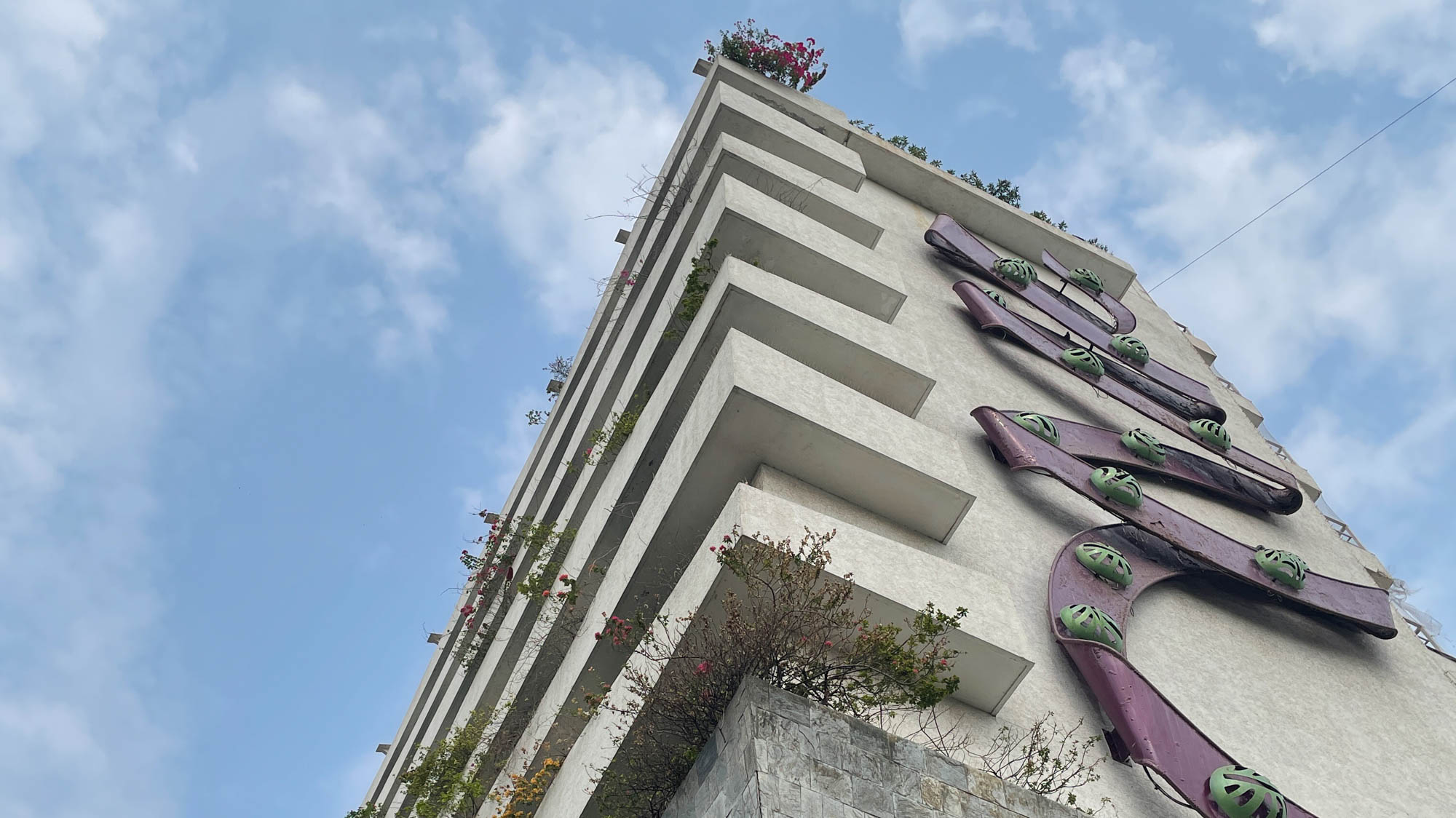
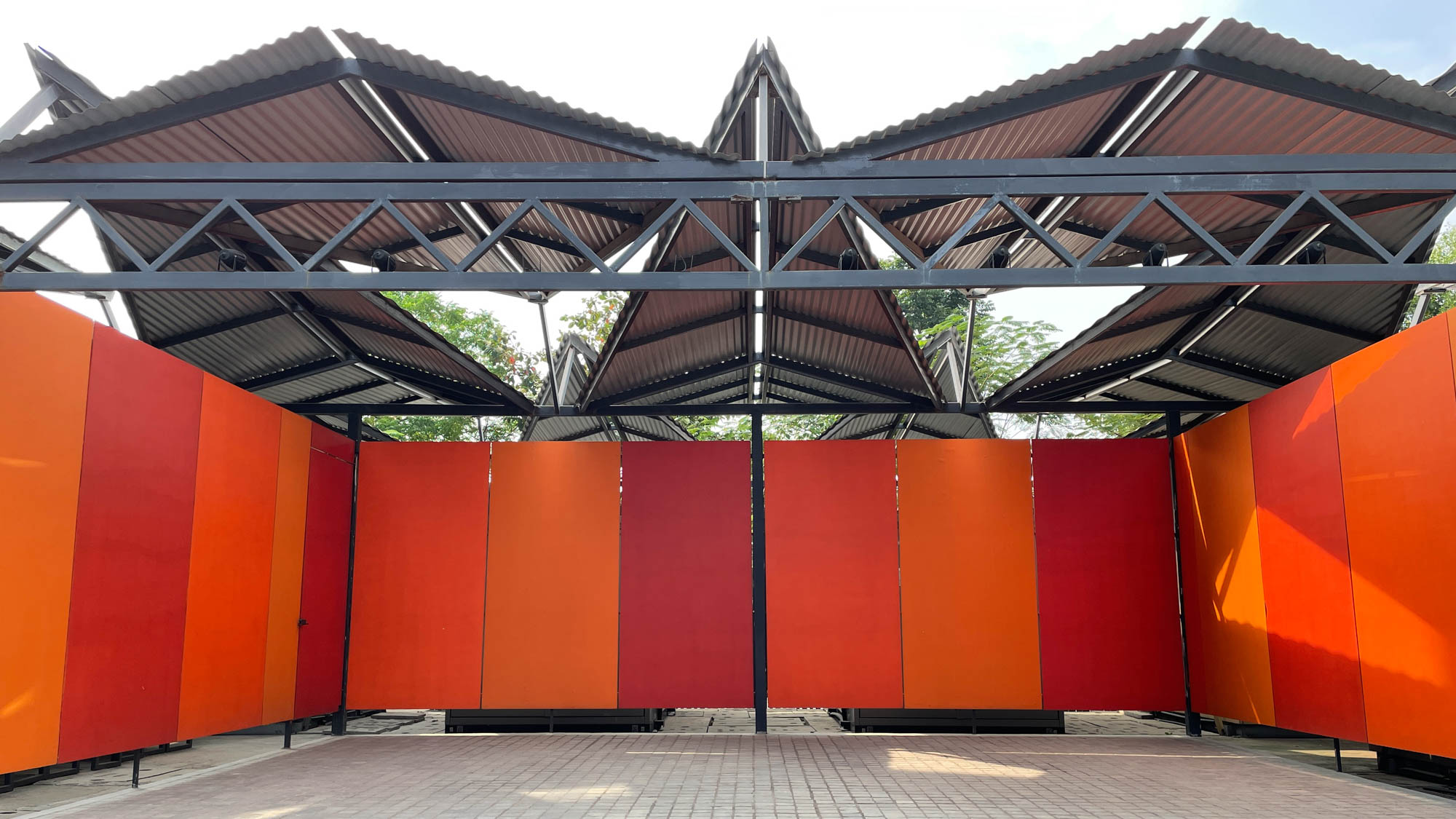
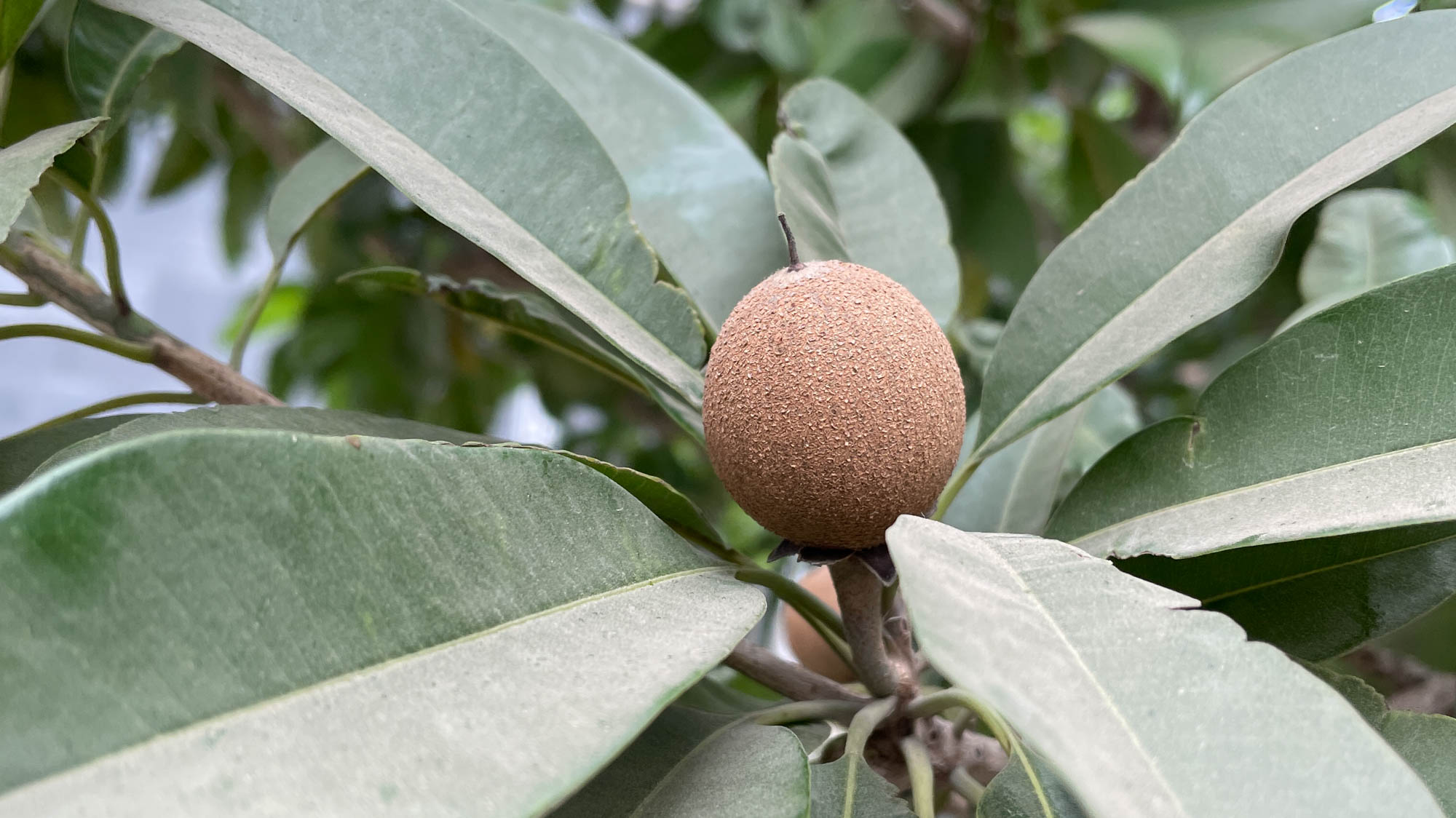
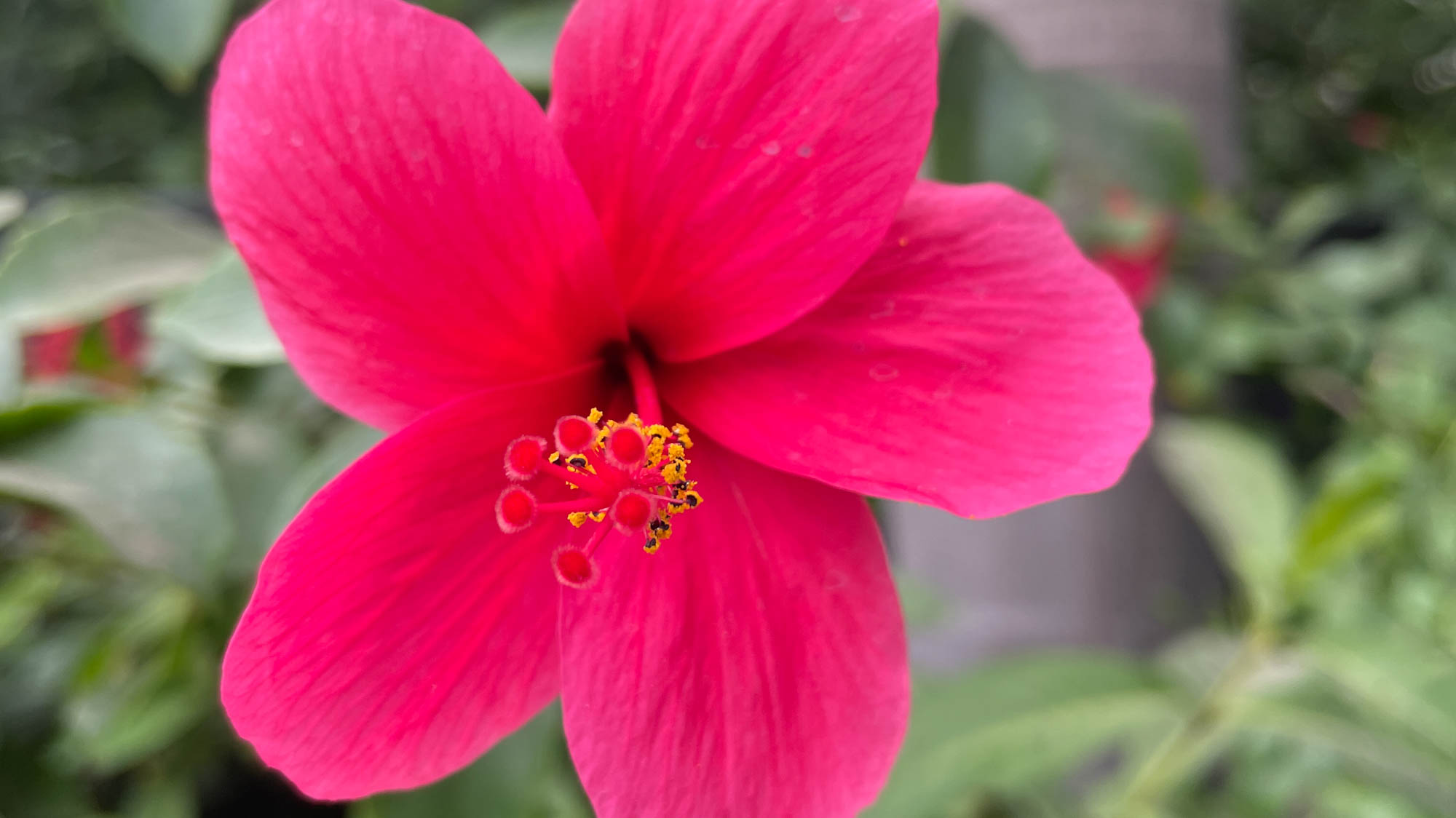



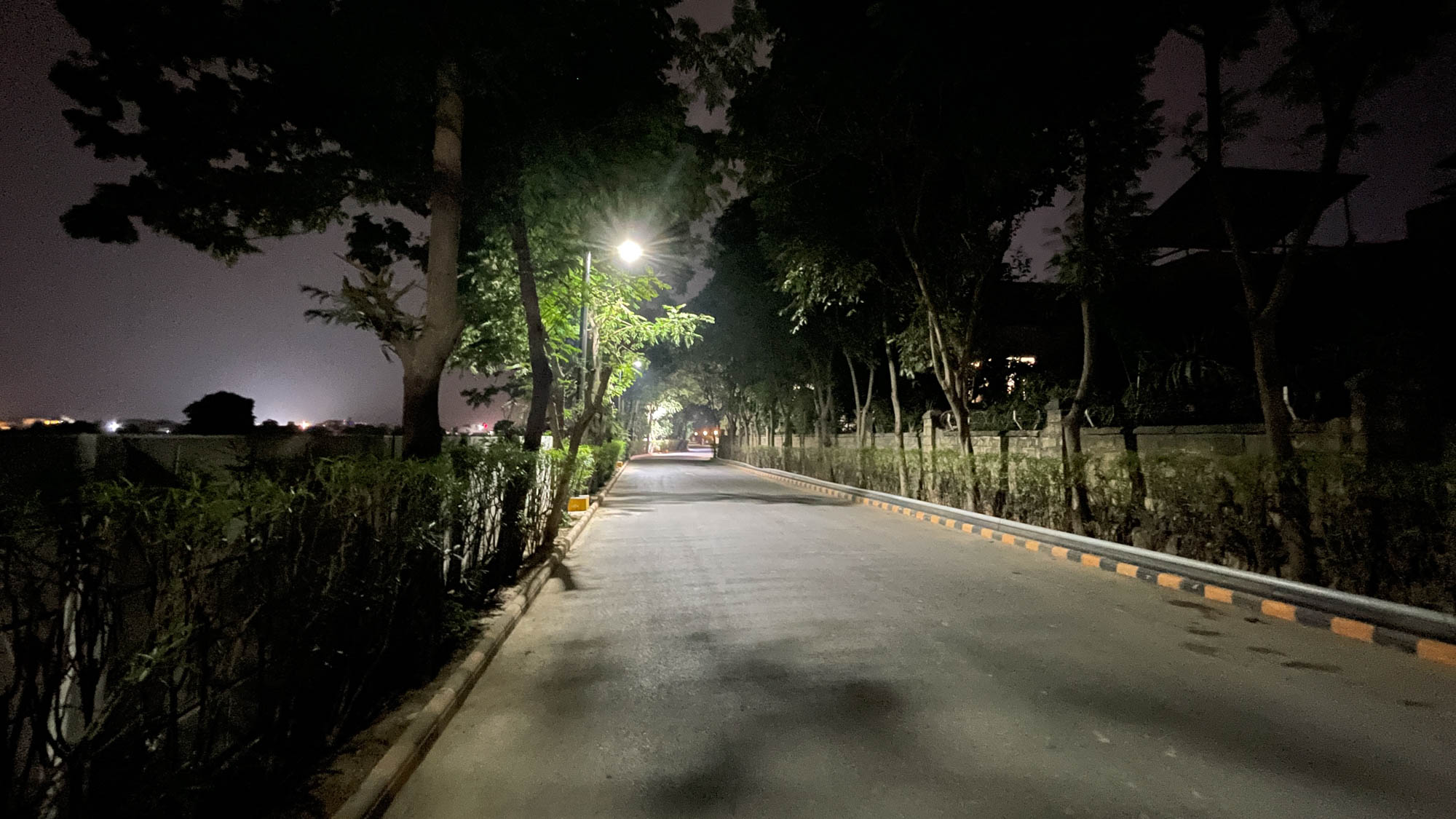
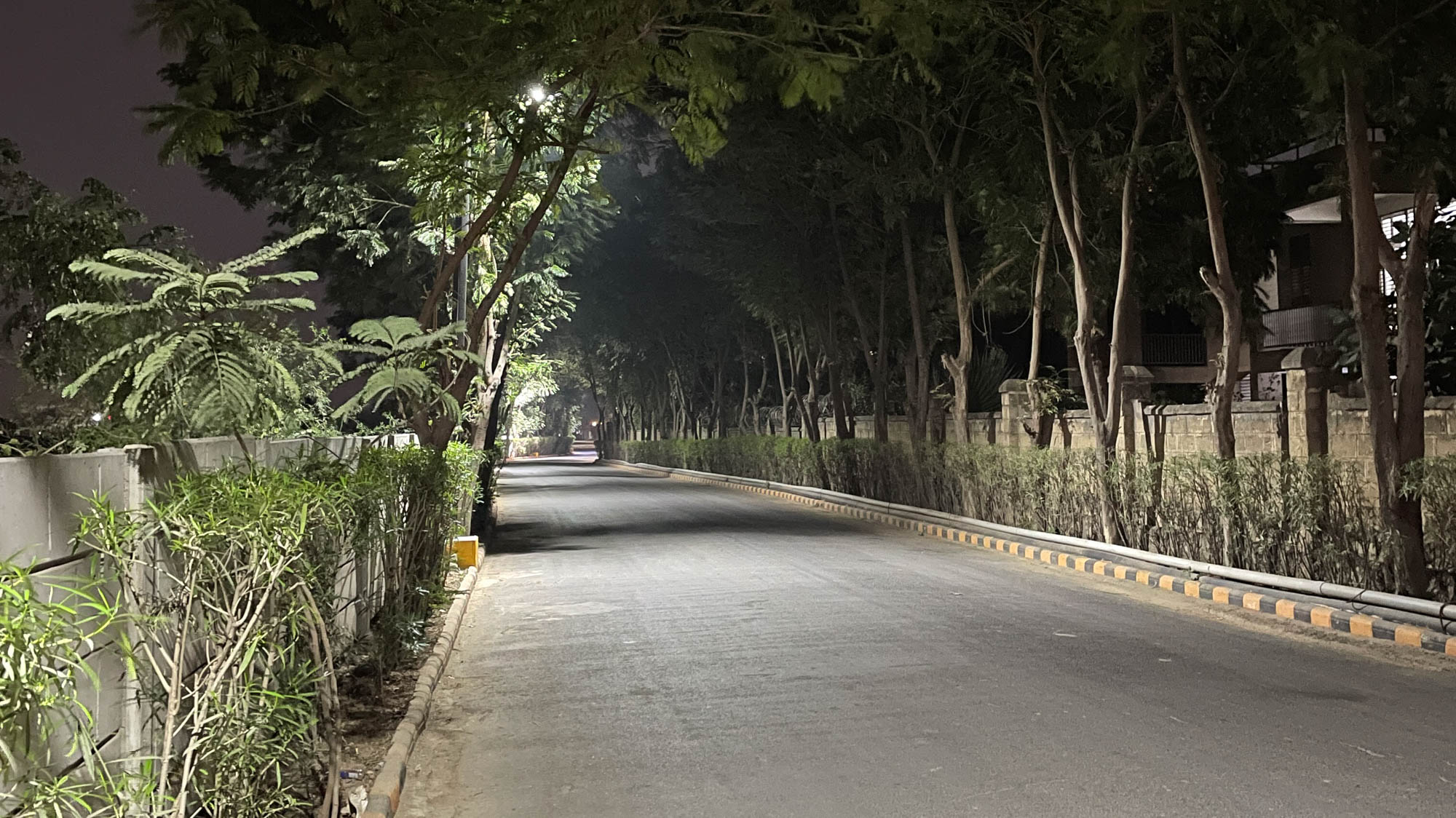


I assumed the 13 mini’s improvements would make a difference under low-light conditions, but to be honest, the jump in quality is fairly minor. It’s hard to notice unless you put shots from both phones side by side on a big screen or if you’re shooting in challenging conditions.
Since the 13 mini has more light to work with, it comes out on top in dark areas with little to no illumination or if your subject is moving. The 13 mini’s better stabilization and larger sensor help the night mode to produce less blurry and more detailed pictures and videos. This additional hardware support also allows the 13 mini more room to accurately compose the white balance of your scenes. But again, these differences are not visible in regular nighttime scenarios like when you’re in a decently-lit restaurant. In such cases, both the iPhone 12 mini and 13 mini are exceptional and take vibrant and bright shots.
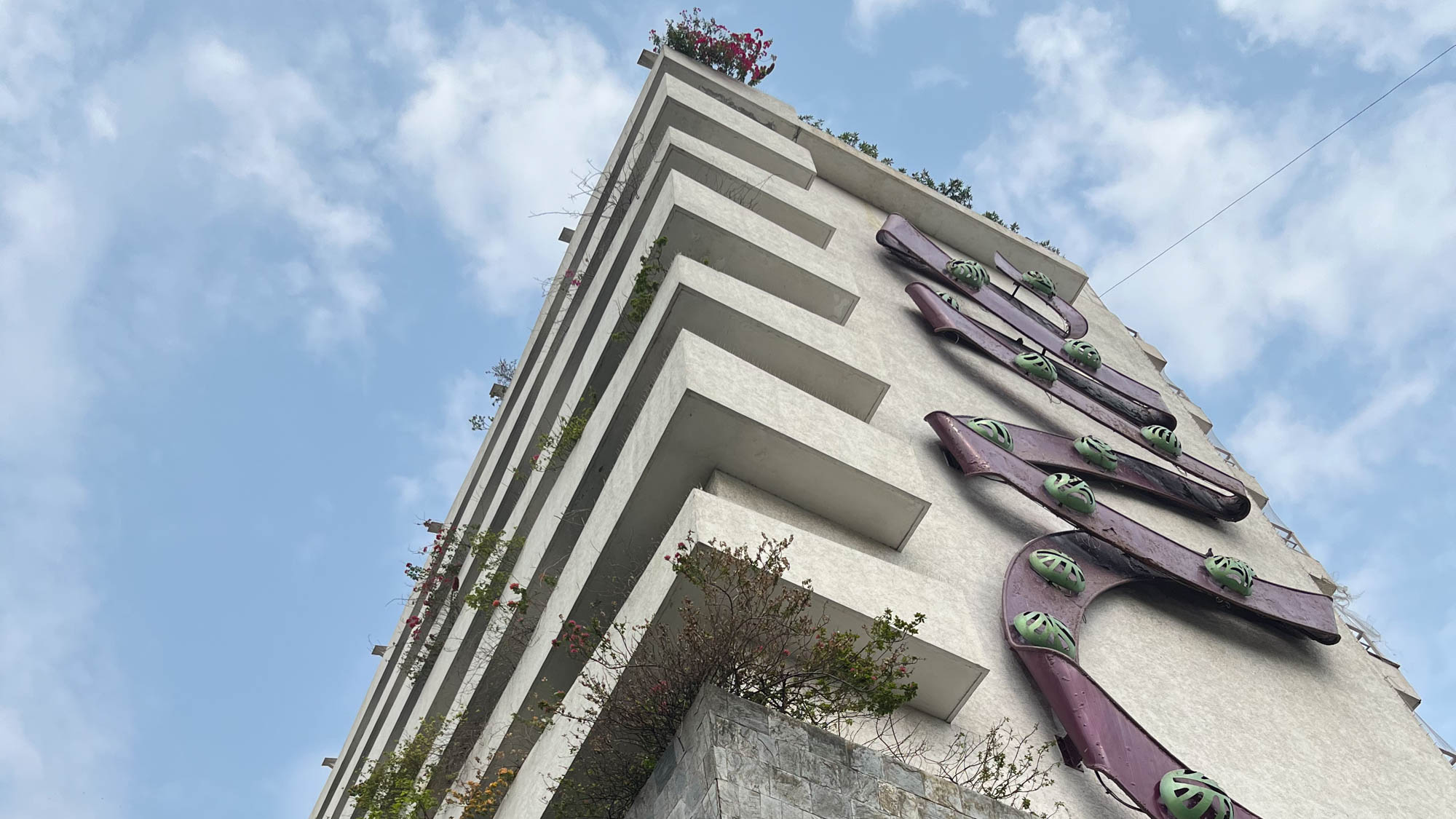
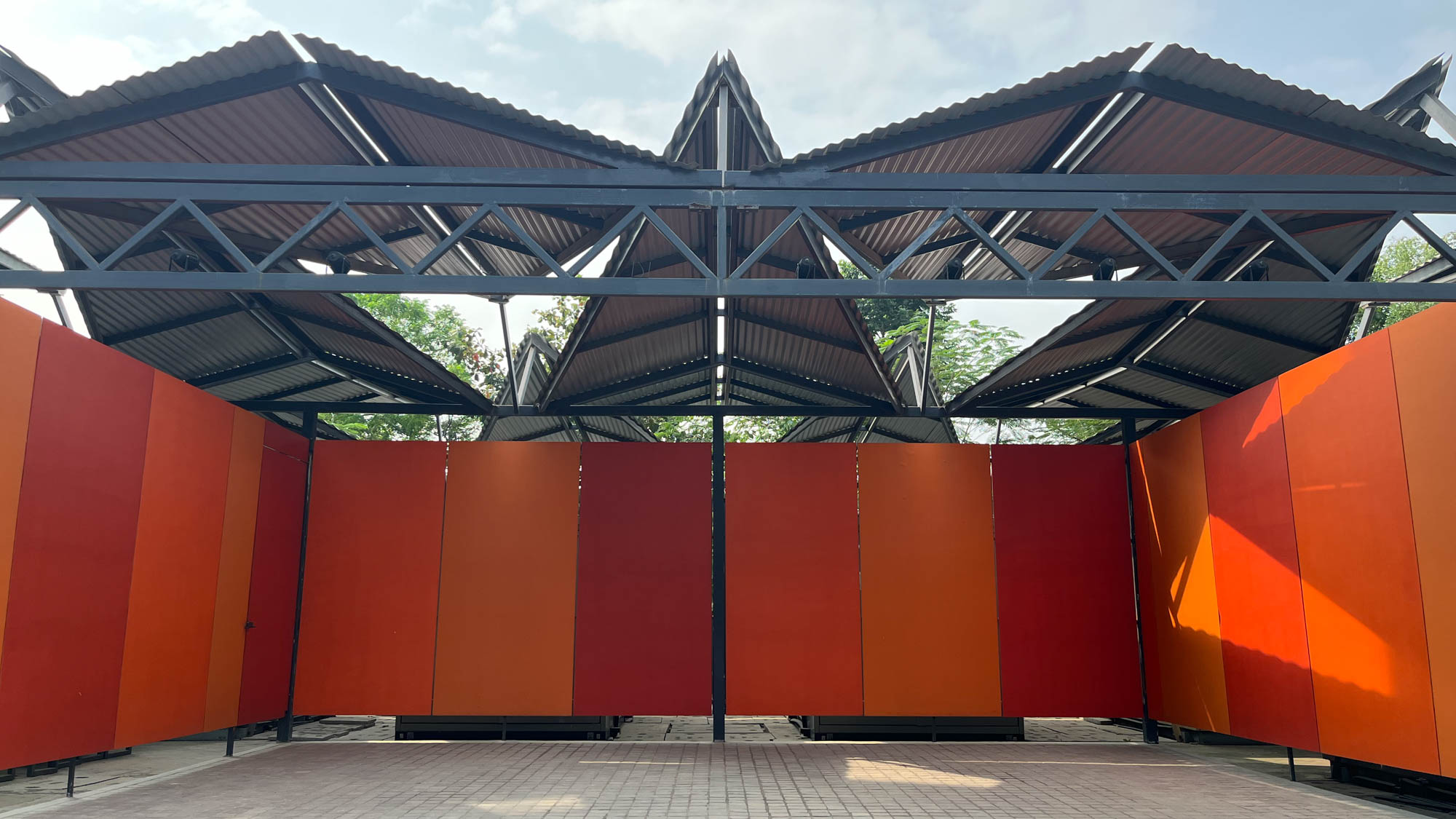
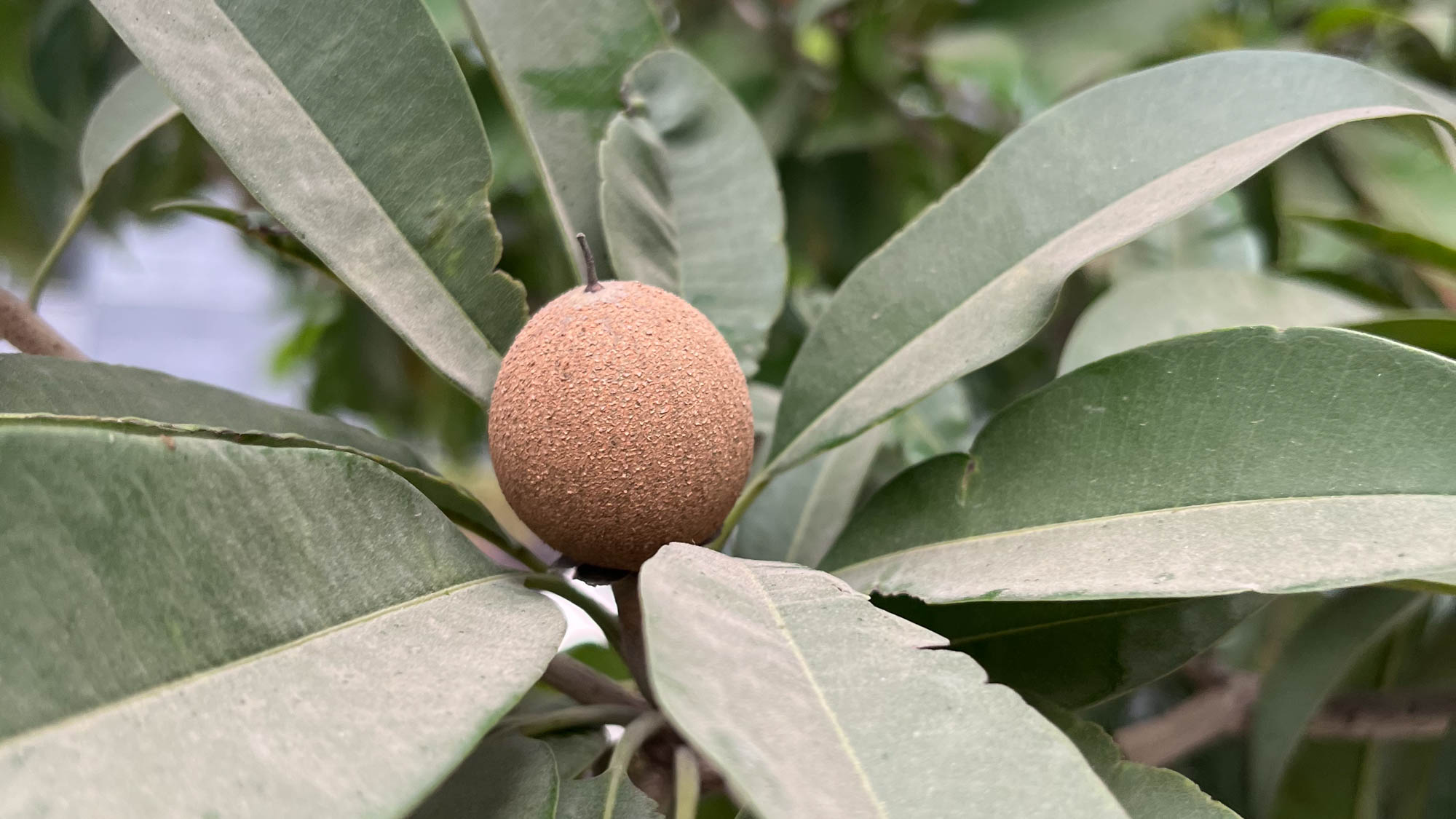
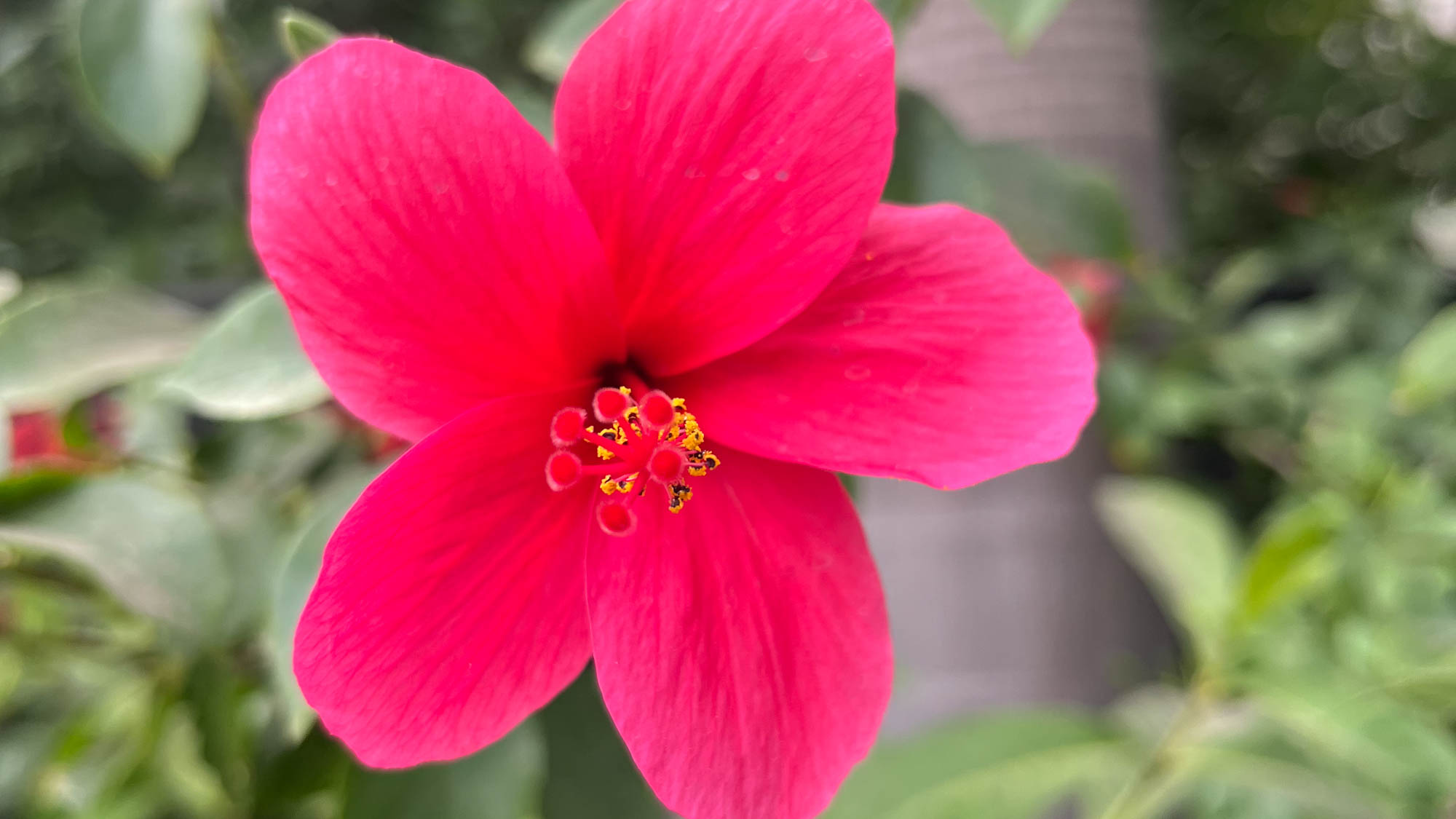



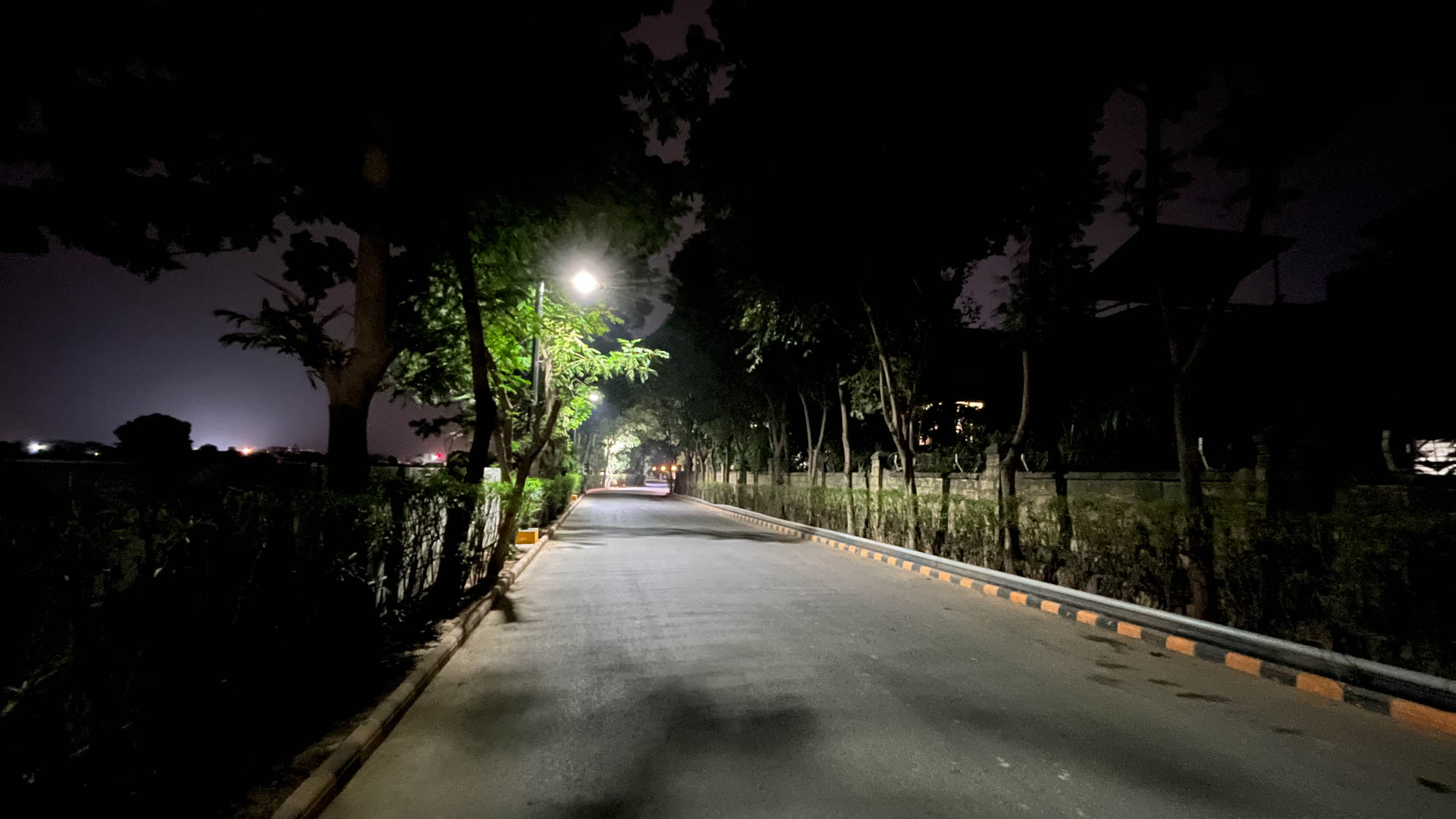
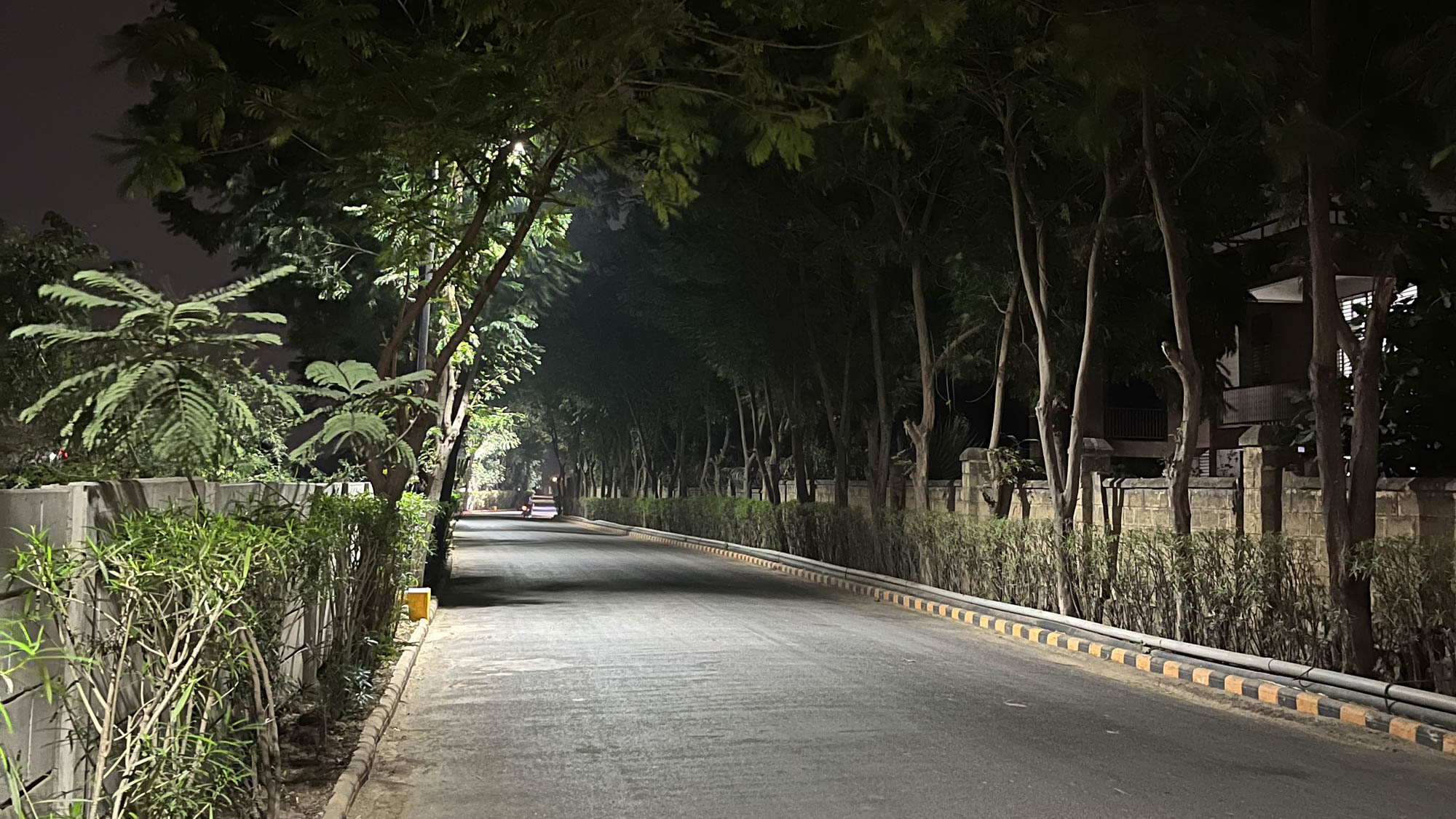


Plus, the iPhone 13 mini has a bunch of new software tricks up its sleeve. It can record videos in the “Cinematic” mode. You can think of it as Portrait mode for videos where you can switch the focus on the various subjects while you’re shooting or even after. It also has “Photographic Styles,” a new tool that lets you adjust how the default camera app handles colors and exposure. So, for instance, if you prefer the oversaturated look of photos from Samsung’s phones, you can opt for the vibrant photographic style, and your iPhone will always pump up the colors in the viewfinder. What’s more, the iPhone 13 mini can record videos in 4K at 60fps, while the 12 mini is restricted to 4K@30fps.
The 12-megapixel selfie camera, unfortunately, has remained unchanged. Although Apple claims the HDR technology has been updated, I couldn’t spot the progress.
iPhone 13 mini vs iPhone 12 mini: conclusion
The iPhone 13 mini ultimately is objectively a better phone than the iPhone 12 mini. Even though it’s overall an iterative successor, it features updates across the board, including a longer-lasting battery, extra storage, faster processor, brighter screen, better cameras, and more. But I should also say that in my time with both these phones, I could barely tell them apart both in terms of look and function.
However, at the end of the day, I find the iPhone 13 mini a better investment since it will run smoothly longer and receive more software updates. The iPhone 12 mini is no slouch, of course, but from a pure value standpoint, it loses out unless you’re getting it for less than $500. In a year or two, as its battery degrades and you install more advanced updates, the 12 mini’s more limited endurance will continue to dip, and at some point, it will be much harder to live with than today.
Shubham Agarwal is a freelance technology journalist from Ahmedabad, India. His work has previously appeared in Business Insider, Fast Company, HuffPost, and more. You can reach out to him on Twitter.
